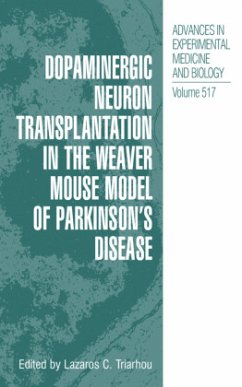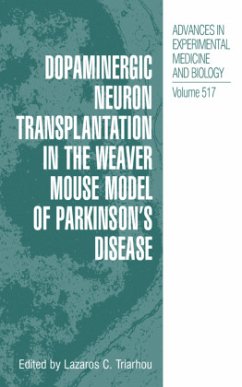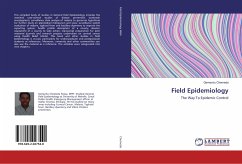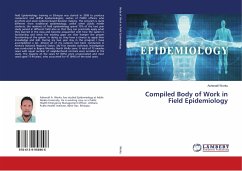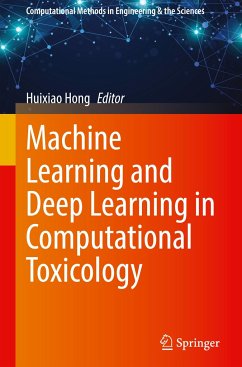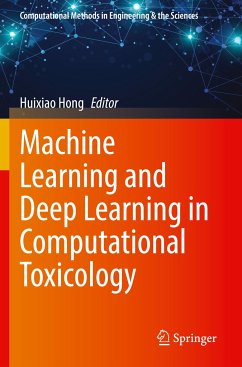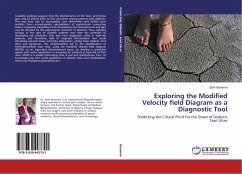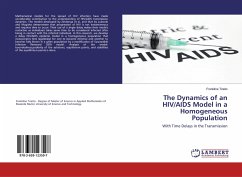
Computational model of MST neuron receptive field
with interaction effect for the perception of self-motion
Versandkostenfrei!
Versandfertig in 6-10 Tagen
39,99 €
inkl. MwSt.

PAYBACK Punkte
20 °P sammeln!
Optic flow informs moving observers about their heading direction. Neurons in monkey medial superior temporal cortex show heading selective responses to optic flow and planar direction selective responses to local motion patches. Our goal was to test the hypothesis that the optic flow responses reflect the sum of the local motion responses. The local motion responses of each neuron were modeled as mixtures of Gaussians derived using a genetic algorithm, to predict that neuron's optic flow responses. Some neurons showed good correspondence between local motion models and optic flow responses, o...
Optic flow informs moving observers about their heading direction. Neurons in monkey medial superior temporal cortex show heading selective responses to optic flow and planar direction selective responses to local motion patches. Our goal was to test the hypothesis that the optic flow responses reflect the sum of the local motion responses. The local motion responses of each neuron were modeled as mixtures of Gaussians derived using a genetic algorithm, to predict that neuron's optic flow responses. Some neurons showed good correspondence between local motion models and optic flow responses, others showed substantial differences. Modulating the relative strength of each local motion segment's responses suggest that a co-activation of receptive field segments alters neuronal response properties. We tested this by simultaneously presenting local motion stimuli at two different sites, and revealed interactions between response segments have direction and location specific effects that can account for aspects of optic flow selectivity. We conclude that MST's optic flow selectivity reflects dynamic interactions between spatially distributed local planar motion response mechanisms.



